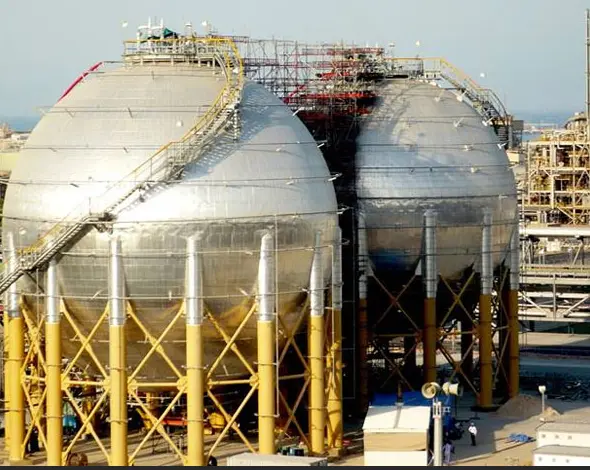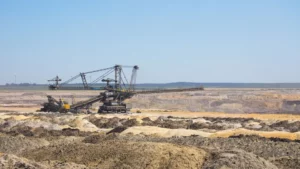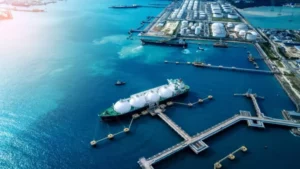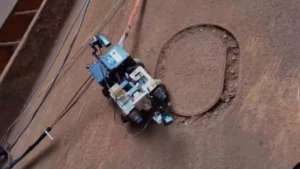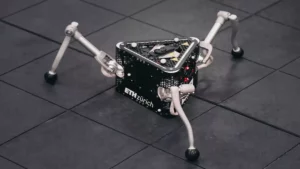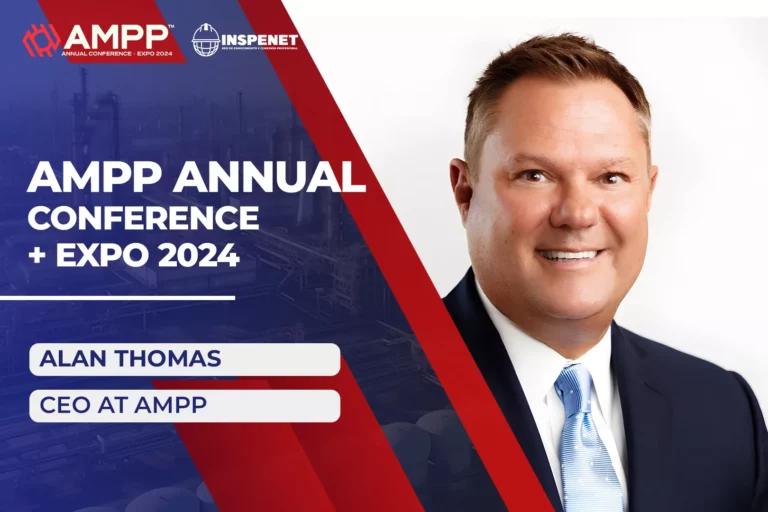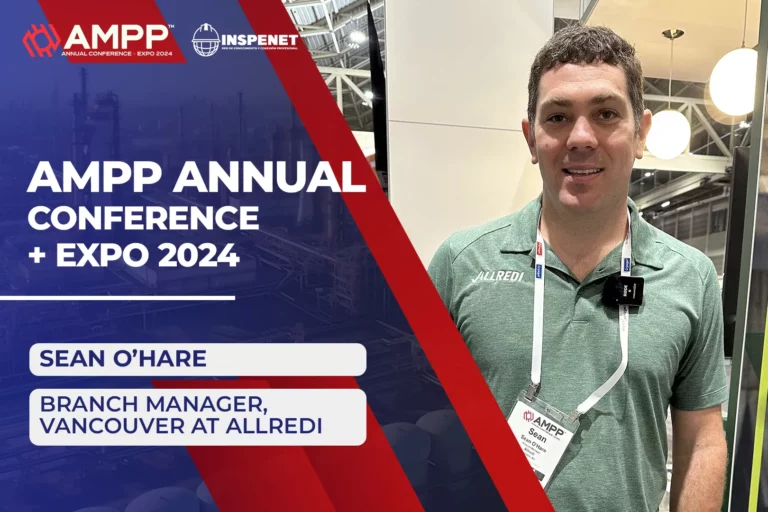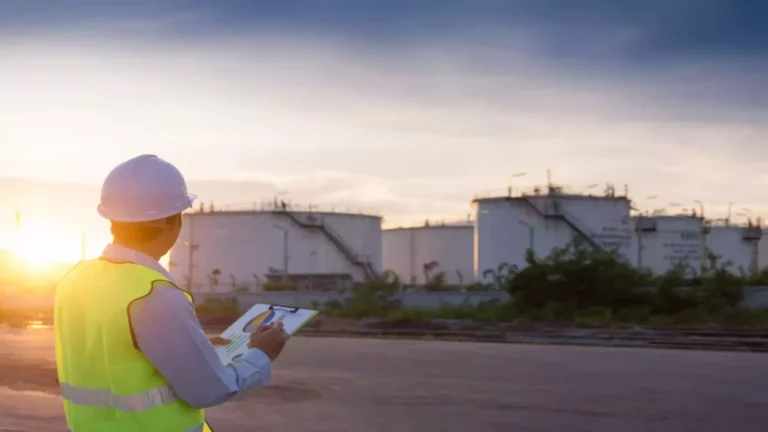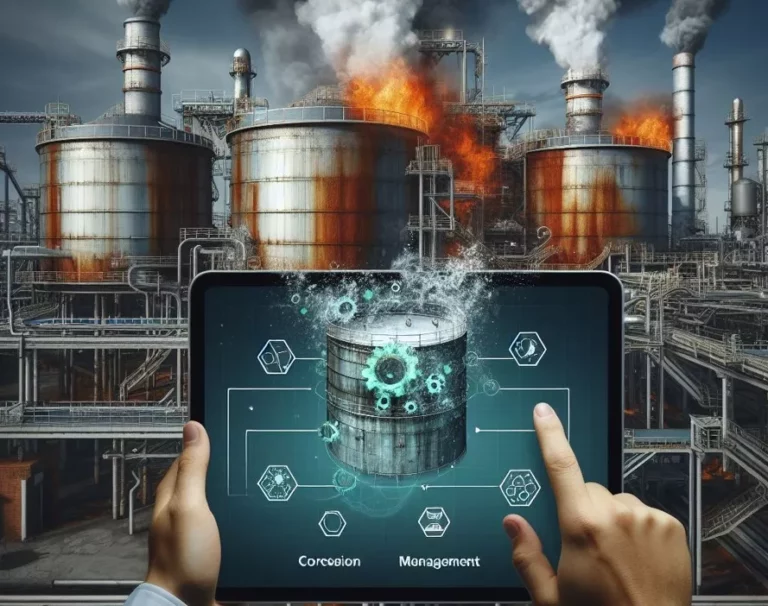Introduction
Cryogenic tanks are structures designed to store gases at extremely low temperatures. These tanks are used in a variety of applications, such as the production of liquefied natural gas, liquefied petroleum gas, liquid hydrogen and liquid nitrogen, among others, playing a fundamental role in the conservation and transportation of liquefied gases.
Effective implementation of an integrity program for cryogenic tanks is crucial to ensuring their safe and efficient operation over time. In this article, we will explore the keys to carrying out a comprehensive program that addresses aspects such as maintenance, compliance with regulations and standards, and inspection planning.
What is a cryogenic tank?
Before addressing the implementation of an integrity program, it is essential to understand what a cryogenic tank is and how it works. A cryogenic tank is a structure specially designed to store and transport gases at extremely low temperatures, where the effects of cryogenics are evident. These tanks are built with special, highly insulating materials to maintain the required temperatures and guarantee the conservation of the stored gases.
There are several types of tanks that can be vertical, horizontal and spherical, each designed to meet specific storage and transportation requirements. Double-walled tanks, for example, provide an additional layer of protection against leaks, while stationary storage tanks can hold large quantities of gas for long-term industrial use.
Maintenance of cryogenic tanks
Proper maintenance is essential to preserve the integrity of cryogenic tanks. A well-structured maintenance program should address both preventive and corrective aspects. Regular inspection of tanks to identify potential problems, such as corrosion or leaks, is crucial to preventing major incidents.
Maintenance procedures should include review of thermal insulation systems, inspection of valves and connections, as well as evaluation of temperature control systems. Training maintenance personnel is equally important to ensure proper execution of procedures and early identification of potential problems.
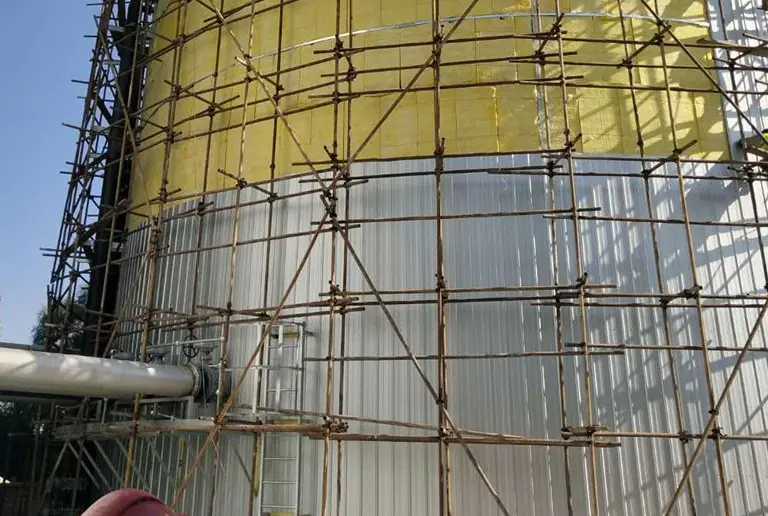
How to implement an integrity program?
Implementing a cryogenic tank integrity program involves a series of key steps ranging from risk assessment to executing preventative maintenance plans. Below are the keys to effective implementation:
- Risk Assessment: Before developing an integrity program, it is essential to conduct a risk assessment. Identifying potential threats, such as corrosion, mechanical impacts, or design defects, provides a solid foundation for developing mitigation strategies.
- Detailed inspection : Detailed inspection is the starting point for evaluating the integrity of a cryogenic tank. Visual inspections and non-destructive testing should be performed to identify possible defects, corrosion and fatigue. Advanced techniques, such as radiography, ultrasound and acoustic emission, allow a deeper evaluation of structural integrity, identifying possible points of weakness.
- Development of maintenance plans: Based on the risk assessment and inspection, preventive maintenance plans must be developed. This includes regular inspections, non-destructive testing, and replacement of critical components as necessary. Plans must be specific for each type of tank and adapted to specific operating conditions.
- Continuous Monitoring : Implementing continuous monitoring systems is essential to identify changes in tank condition over time. Temperature, pressure and vibration sensors can detect anomalies before they become bigger problems. Remote monitoring technology provides the ability to monitor cryogenic tanks in real time, improving responsiveness and reducing the risk of undetected failures.
- Staff Training: Staff training is a vital component to the successful implementation of the integrity program. Personnel in charge of inspections and maintenance must receive adequate training in the procedures, regulations and equipment used.
- Data Recording and Tracking: Maintaining a detailed record of inspections, maintenance and any interventions carried out is essential. These records provide a timeline of tank integrity and serve as a reference for future evaluations and program improvements.
- Use of Advanced Technologies: Implementing advanced technologies, such as ultrasound or infrared thermography inspections, the use of drones and continuous monitoring based on the Internet of Things (IoT), and data management with machine learning and big data, can improve efficiency of integrity programs. These technologies allow for early detection of potential problems and facilitate informed decision-making regarding maintenance needs. Likewise.
Regulations and standards for cryogenic tanks
Compliance with specific regulations and standards is essential to ensure safety and legal compliance in the operation of cryogenic tanks. Some of the key regulations to consider include:
- Construction and Design Standards: Cryogenic tanks must be built and designed in accordance with specific regulations such as ASME VIII for pressure freshers, ASTM for selection and testing of materials and API 620 for low temperature tanks, which guarantee their resistance and safety. . This includes guidelines for material selection, welding methods, and strength testing.
- Environmental Regulations: Environmental regulations are also critical, especially in terms of waste management and possible leaks. Cryogenic tanks must comply with specific regulations to prevent negative impacts on the surrounding environment.
- Safety Standards: Safety standards must address aspects such as adequate signage, staff training in emergency management, and the implementation of risk control systems. Complying with standards such as OSHA 29 CFR 1910.104 and NFPA 55 ensures a safe work environment.
Cryogenic tank inspection plan
A well-structured inspection plan is essential to maintain the integrity of cryogenic tanks over time. This plan must include:
- Inspection Frequency: Establishing the frequency of inspections is crucial. Factors such as the age of the tank, the type of gas stored, and operating conditions can influence the frequency of inspections.
- Inspection Methods: Using proper inspection methods is essential. Advanced technologies, such as nondestructive testing , can be instrumental in detecting problems that are not visible to the naked eye.
- Record of Results: Maintaining a detailed record of inspection results makes it easy to track tank integrity over time. This includes documentation of any repair or component replacement.
- Trend Analysis: Analyzing trends across multiple inspections can provide valuable information about the remaining useful life of the tank and facilitate informed decision making about future interventions.
Conclusion
Implementing an integrity program for cryogenic tanks is an essential component to ensuring their safe and efficient operation. From risk assessment to regulatory compliance and inspection planning, every aspect must be addressed with meticulous attention.
By following the keys provided in this article, organizations can be confident that their cryogenic tanks meet the highest standards of safety and performance. Investing in a strong integrity program not only protects company assets and reputation, but also contributes to the overall security of the industry and society.
References
Own source



